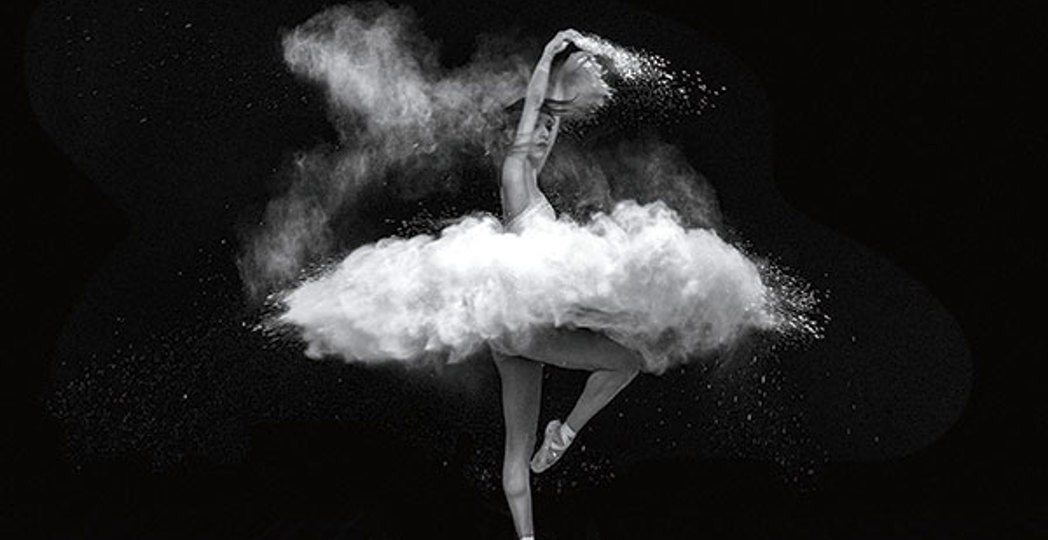Smoke Screen
As Cuyahoga County’s cigarette tax revenues decline, the arts and culture organizations it supports must clear the air about new funding options.
by Sheehan Hannan | Jul. 16, 2018 | 1:00 PM

Yet her mind slipped into the past, brought on by a phrase she had heard from the administrators and artists with which she spends her days. “Do you remember that time we all went down to City Hall?” she wrote.
Van Voorhis certainly did. The spring day in 2002 was a big one in a budding career, just before the then 25-year-old graduate student joined the arts organization’s staff full time. A group of artists gathered at City Hall, brought together by CPAC, and City Council members Matt Zone and Joe Cimperman. They planned a five-hour brainstorming session on the future of the arts in Cleveland, including meetings with Mayor Jane Campbell and City Council President Frank Jackson.
They had expected about 200 people, but three times that number crowded into the council chambers. They met again in October and presented a public policy outline for the arts to the city government.
“People really felt like the arts were having this moment of recognition from policymakers,” says Van Voorhis.
Cuyahoga County now needs to be similarly catalyzed. A tax on cigarettes helps to fund arts in Cuyahoga County with public dollars. But since voters approved that tax in 2006, revenue from it has steadily decreased.
In 2008, the tax’s peak, $19.4 million flooded into the coffers of Cuyahoga Arts & Culture, the quasi-governmental agency in charge of distributing the money. Last year, it collected $14.5 million. The organization estimates its funds will be reduced by an additional 25 percent over the next 10 years.
“We have known that our tax revenue is shrinking and will continue to shrink,” Karen Gahl-Mills, Cuyahoga Arts and Culture executive director, told me in April after announcing her departure for a new job in Chicago. “It is the reality of our agency, that our resource gets smaller not larger.”
That fact doesn’t make the solution any simpler. “If somebody has the answer to our revenue issue, if it was an easy one, I think we’d have it by now,” CAC chairman Joe Gibbons also told me in April, after announcing his exit from the board. “We are exploring every concept that we can that’s reasonable.”
The numbers are troubling, whether you’re an artist or just enjoy wandering through the Cleveland Museum of Art on a weekend. Already, some arts organizations are being squeezed like tubes of oil paint.
Cuyahoga Arts & Culture cut the pool of money allotted for its 2018-19 general operating support grants by 20 percent last November, in an attempt to maintain a consistent level of funding for as long as possible. Fred Bidwell, who chaired the 2015 campaign to renew the cigarette tax, proposed more modest short-term cuts, an idea rejected by the organization’s board. He’s still smarting from the fight, but thinks it’s time to change gears.
“We need to pivot toward a strategic discussion about public funding for the arts in general,” says Bidwell. “What’s the future for that in Cuyahoga County?”Like a sparkling Jeffrey Koons balloon-dog yipping for attention, the cigarette tax problem can no longer be easily ignored. It jeopardizes one of our arts scene’s greatest strengths — its range and diversity.
You can attend touring Broadway musicals at Playhouse Square or a Karamu House play by Cleveland’s Rajiv Joseph. You can gaze on old masters at the Cleveland Museum of Art, and see emerging local artists at Spaces. You can explore the work of nationally and internationally recognized artists as they take over Cleveland for the Front International Cleveland Triennial and see local artists flaunt their hometown pride at the CAN Triennial.
The dip in the cigarette tax will inevitably sap that strength. In October, Ideastream reported on the fallout from the first round of cuts, such as an uncertain future for an audience engagement program at the Cleveland Opera and possible cuts to equipment budgets at Near West Theatre.
“[Public financing] is significant money for the orchestra and the [art] museum, and they don’t like losing it, but, as a percent of their total budget, [it’s] not that bad,” says Bidwell, who’s served on CMA’s board and owns the building where Spaces gallery is headquartered. “Some organizations, like Spaces for instance, it’s a very significant portion of their budget, and that’s really hard to swallow.”
With public financing diminished, organizations may need to turn back to often-fickle private sources. “In the event that they can’t, then that will obviously have an impact in the kinds of programs and services they can provide,” says Van Voorhis.
While it’s easy to frame the pro-tax argument as just about artistic worth, the line between cultural and economic development is blurrier than it seems. All that artistic energy has colored neighborhood development throughout Northeast Ohio, from the Gordon Square Arts District’s resurgence around the Capitol Theatre renovation to MOCA Cleveland’s importance to Uptown.
The arts are so attractive to developers that they are creating communities around them, such as the new Worthington Yards apartment building downtown, which features curated gallery exhibitions in its lobby, a collection of work by locals such as Douglas Max Utter and Jerry Birchfield hanging on its hallway walls and events for residents to meet artists.
Luckily, Cuyahoga County residents understand the value — and are willing to pay for it. The 2015 cigarette tax renewal collected 75 percent of the vote. Yet, the political ground has shifted since then. The renewal had no organized opposition, so the tax’s underlying moral calculus went unquestioned.
In hindsight, it feels an awful lot like a reverse Robin Hood, using the blackened lungs of the poor to paint wall hangings for the rich. The obvious choices for a new tax — increasing the one on cigarettes, or adding one on pipe tobacco — would run into that problem.
Dick Feagler, a smoker himself, put the issue bluntly in a 2006 Plain Dealer column opposing the tax when it was originally proposed: “We rail against smoking, but we have to keep the smokers alive long enough to pick their pockets.” He concluded: “Want to tax artistes? Tax Starbucks and Brie.”
The alternative to tobacco, a property tax, would run into obstacles too. Voters rejected raising property taxes to finance the arts in 2004. Other possibilities would need clearance from the Ohio legislature, such as taxes on alcohol, vapes or soft drinks.
“In an ideal world I think it would be covered by a sales tax, just a general sales tax,” says Bidwell. “That’s a very difficult road to go down. I think we’d have to make a brilliant, compelling case to taxpayers for that and it might be really hard to do. But that would be the most fair.”
So public arts money is getting scarcer, and none of the options to fix it sound promising yet.
“Everyone is waiting for leadership and direction because, I think, people like me, my colleagues, don’t want to invest political and personal capital unless they have confidence in the plan,” says Bidwell. “I don’t think there is a plan to have confidence in right now, and we need to get to that point.”
Fingers crossed for a “remember City Hall?” moment.
Trending
-
1
-
2
-
3
-
4
-
5










